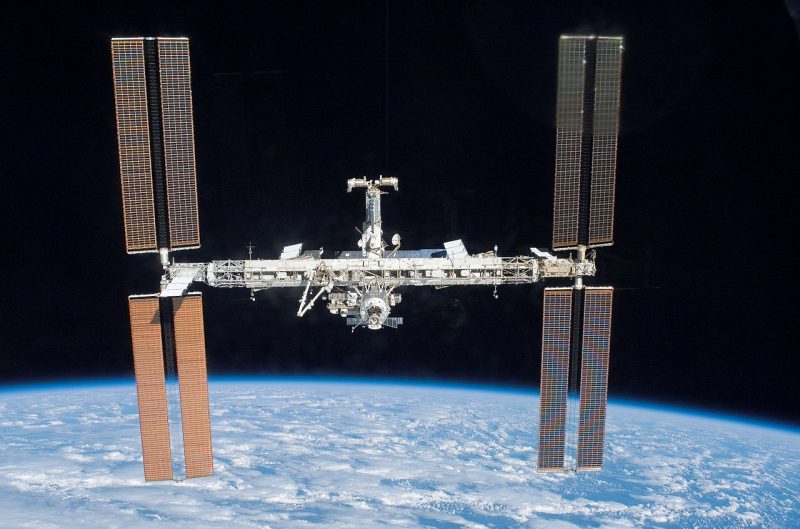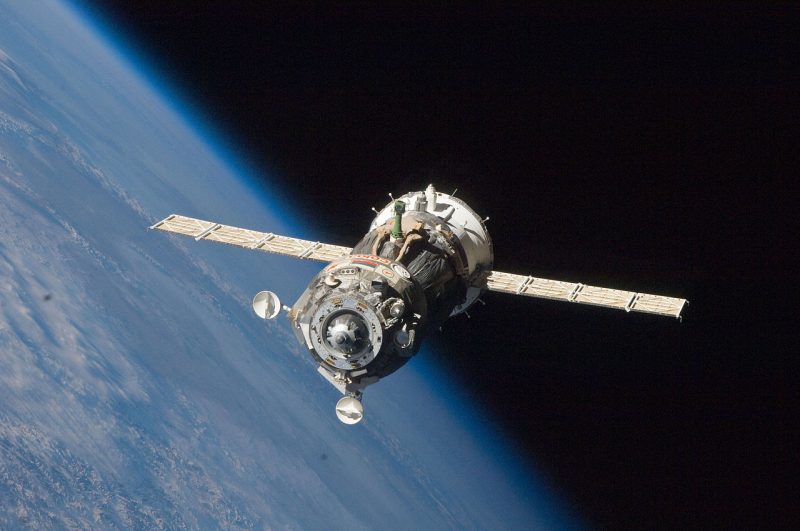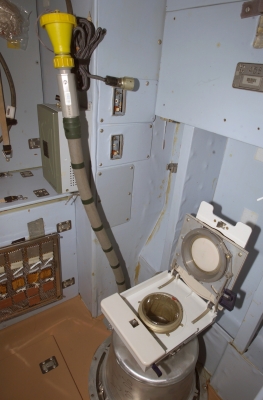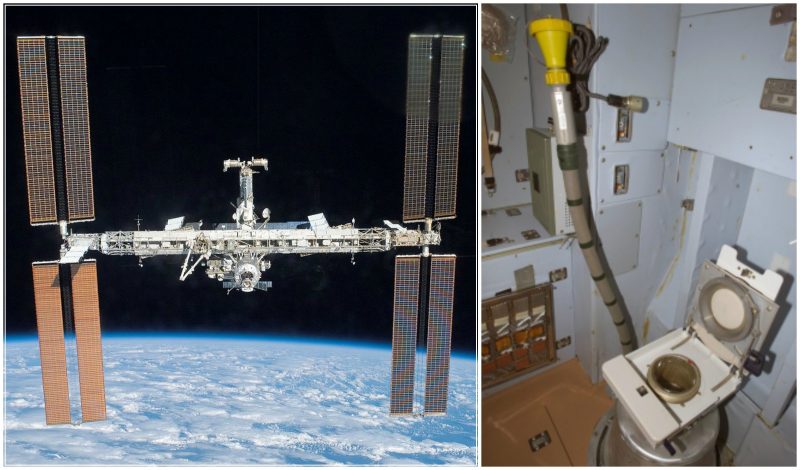Out of all of the scandals that we hear about, this one is a unique one: the toilet scandal. It’s not just a regular toilet scandal, it’s a space toilet scandal. The United States astronauts on board the International Space Station recently denied their Russian colleagues use of their toilet.
It is thought that the slight difference in Russian and the United States toilets started it all. Both Russian and United States toilets are designed for both men and women in orbit. The urine is accumulated in a special reservoir and then concentrated into a special solution. That processed solution can then be used for other technical needs if necessary.

The astronauts decided, at first, to not distinguish between toilets and used whatever one was closest to them. What differs is the food the Russians and United States astronauts eat. The Russian space food is actually tastier and natural, they have over 300 dishes just for space.
Here is the menu of an everyday Russian astronaut:
Breakfast:
Sugarless coffee, vitamins, curds and nuts, mashed potatoes with nuts, and apple-quince chip sticks.
Lunch:
Sugarless tea, black currant juices, jellied pike perch, borsch with meat, goulash with buckwheat, and bread.
Dinner:
Tea with sugar, rice and meat, broccoli and cheese, and nuts.
Second Dinner:
Grape juice, dried beef, cashew nuts, and peaches.
One can just imagine how many times the Russian astronauts are using the toilet after such a high fiber diet, along with main courses throughout the day. That is a lot of food for one person to have, especially in space.

Researchers have said that while the Russian waste is much thicker and consistent, the United States astronauts’ waste is much softer. That is due to the fact the United States’ astronauts have a diet ration which mainly consists of exotic fruit, vegetables, seafood, and low-fat meats.
Sounds ridiculous, right? That there is actually a feud going on in space over the matters of a toilet seems absurd. What’s odd is that before the launch into space there were engineers who worked on just designing the sewage system. Those engineers took into account the different menus of the countries along with what kind of power the sewage system would need, based on that.
Before the new toilet design, astronauts who previously worked up in space said they were sick of the toilets breaking down, resulting in awful smells. That had to have been terrible considering there’s nowhere to go to get away and barely any ventilation in a spacecraft.
With all of the complaints from astronauts, NASA was forced to order a toilet system from Russia. The United States taxpayers paid nearly 19 million dollars for a space toilet. The new construction for the toilet was installed in the U.S. department of the ISS.
Russia is known for having the best space toilet around the world. The famous space dog, Laika, had actually used the toilet while orbiting Earth in 1957. What the system did was suck the excrement and urine right from under the tail. This trial underscored that only female dogs could fly in space.

The first Russian man in space, Yury Gagarin, had spent only one hour and 48 minutes orbiting Earth. If he needed a toilet in an emergency, however, he was able to relieve himself on board the spacecraft. The first United States astronaut, Alan Shepard, did not have such a trouble-free experience as Gagarin. Shepard’s flight only lasted 15 minutes, but it was repeatedly delayed. This resulted in Shepard having to stay in the capsule for several hours, forcing him to urinate in his space suit. After that disaster, the next United States astronaut to go up in space was required to wear a diaper just in case.

Russia’s first space toilets were custom-made. Several astronauts, Gherman Titov, Andriyan Nikolayev, Pavel Popovich, Valery Bykovsky, and Aleksey Leonov, had to have their behinds measured for their personal toilets before launching into space. Today, at the research institute in Moscow, there is a bronze toilet bowl that the first Russian woman in space, Valentina Tereshkova, had used.
